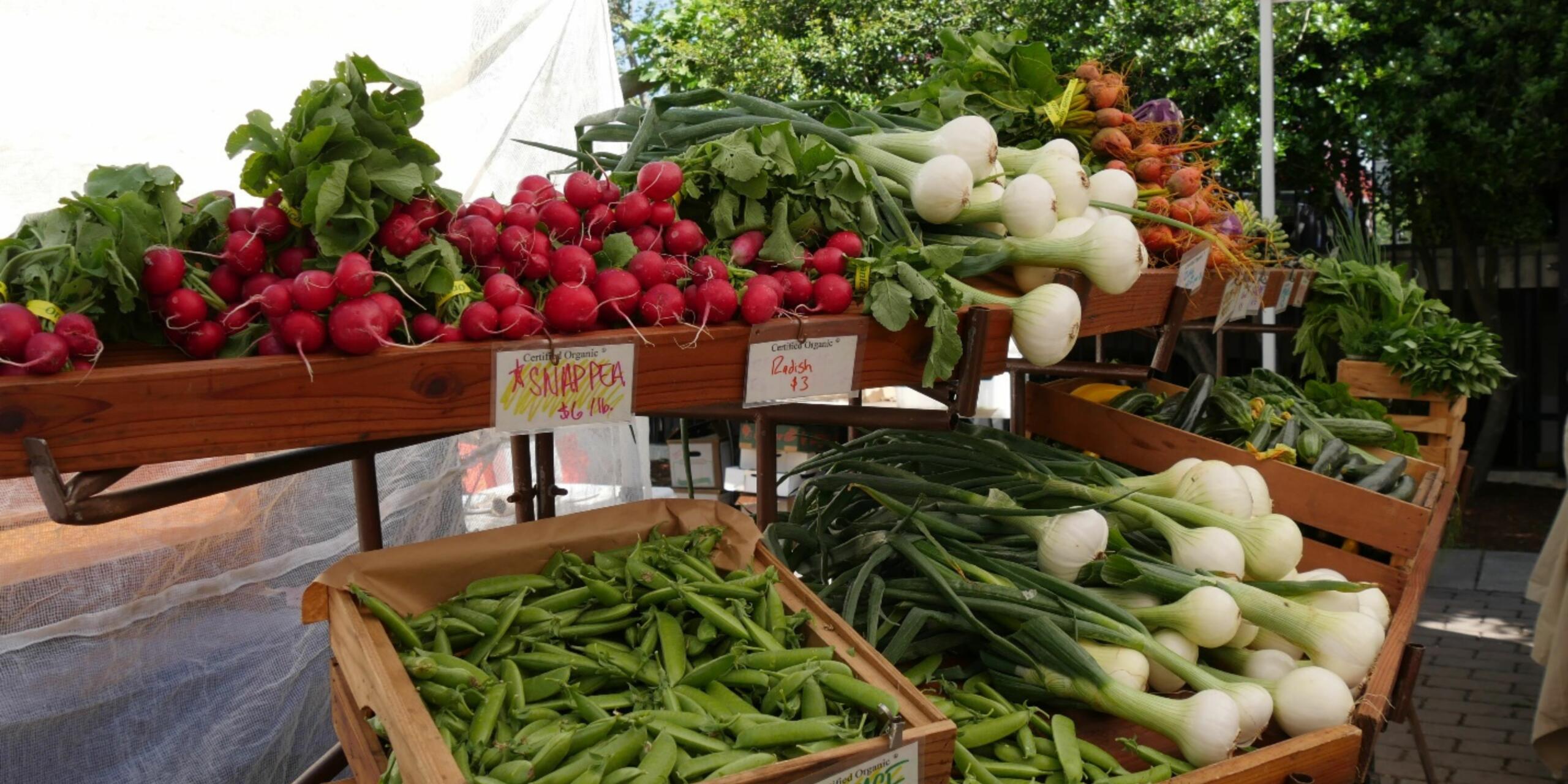5 Best Vegetables To Grow In October
What’s better than having fresh, organic vegetables, from your kitchen garden? Nature has provided us with vegetables for each season, but it’s important to understand which vegetable grows well in a particular season.
October is a great month to grow some nutritious winter vegetables in your kitchen garden. These vegetables are particularly suited for lower temperatures and shorter days. In this blog, we share the five best vegetables that you can grow in October and some easy tips to grow and care for them.
Spinach
Spinach is a leafy green vegetable that is rich in iron, vitamin C, and antioxidants. Its seeds can be sown directly into the ground or in large containers. It requires full sun to partial shade and well-drained soil, enriched with organic compost. It needs regular watering but doesn’t do well in soggy soil. You can expect the harvest within a month’s time as it’s a fast grower. Harvest it as baby leaves or mature leaves, depending on your preference. You can use spinach in salads, soups, smoothies, or sautéed dishes.
Radish
Radish is a root vegetable of the winter season. It is widely used in salads for its crunchy texture and spicy flavor. It can grow quickly and easily in almost any type of soil, as long as it is loose and fertile. You can sow radish seeds in the soil, about half an inch deep and one inch apart. It requires a sunny spot and well-drained nutrient-rich soil. You can harvest it in as little as four weeks after sowing the seeds. Relish it raw or cooked, or pickle it for longer storage.
Beetroot
Beetroot is another root vegetable that has a sweet taste and earthy flavor. In terms of iron content, it scores even higher than spinach. You can sow beetroot seeds directly into the ground, about one inch deep and two inches apart, ensuring that the soil is loose. It can grow well in full sun as well as in partial shade. You can harvest it after two months of sowing when the roots are about two inches in diameter. Enjoy your homegrown beetroot raw or cooked, or juice it for a healthy drink.
Peas
Peas are yet another cool-weather vegetable with edible pods and seeds. They are a rich source of protein. You can sow pea seeds directly into the ground, about one inch deep and two inches apart. They can grow well in cool and moist conditions, and prefer a sunny spot with some support for climbing. They don’t require a lot of space to grow. You can usually harvest them after two to three months of planting when the pods are plump and green. They can be used both fresh and frozen, in a variety of dishes.
Lettuce
Lettuce is a leafy vegetable that comes in various shapes, colors, and textures. It is considered one of the healthiest vegetables because of its high nutrient and low-calorie content. You can sow lettuce seeds both in the ground and in containers, by placing them a quarter inch deep and one inch apart. It grows well in cool and moist conditions and prefers a shady spot. It can be harvested when the leaves are 4-6 inches tall. Cut the leaves with scissors leaving 1 inch from the base so that it can grow again. You can use it in salads, sandwiches, wraps, or burgers for that extra crunch.
You can easily grow these five vegetables in October by following some simple tips, and enjoy a bountiful harvest throughout the fall and winter seasons.
Here are some other blogs which make your Green Space more Greener!
- Gardening Calendar Blogs
- Sustainable Gifting Ideas
- Gardener Stories
- Garden Care Blogs
- Miniature Garden Decor
- Gardening Workshops
Have a look at some amazing Videos on Gardening that might help you!
- Tips on planting homegrown plants and creating art with them as a beginner.
- How to preserve, plant, and grow flower seeds in monsoon, winter, and other seasons.
- Growing different vegetables, winter vegetables especially, and tips and tricks to preserve.
- Preserving fruits such as strawberries, Papaya, watermelon, muskmelon, etc.
- Know all about microgreens using examples such as microgreen spinach, microgreen sunflower, microgreen mustard, microgreen flax, etc.
- Using gardening tools such as pots, trays, growing bags, moss sticks, watering cans, etc.
Here are some Workshops that might help you if you are new to Gardening!
- Convert your small space into a green jungle.
- How to upcycle DIY’s for home decor
- Watch our workshop on using biochemical enzymes instead of chemicals in gardening.
- Workshop on stepping towards sustainability.







Keep communicating such periodical uodates..